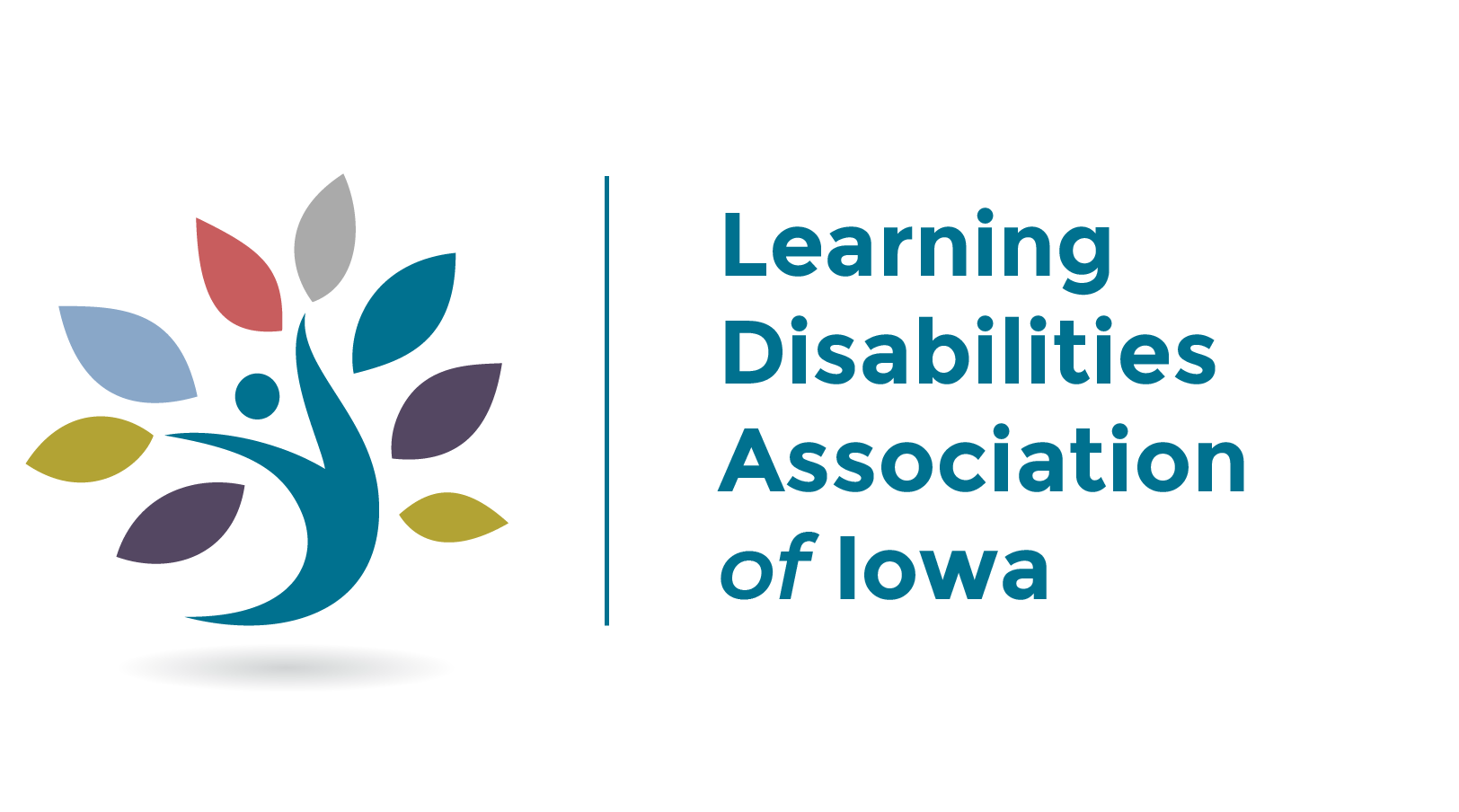Resources, Information and More!
http://lincs.ed.gov/publications/pdf/reading_pre.pdf)
Target Age: Birth to 5 years
Description: National Institute for Literacy: A Child Becomes a Reader: Proven Ideas From Research for Parents. This booklet contains:
- A short summary of what scientific research says about how children learn to read and write
- Things you can do with your children from birth through age 2 to help them become readers
- Things you can do with your children between the ages 3–4 and what to look for in quality day care centers and preschools to help your children become readers
- A list of helpful terms. Throughout the booklet, these terms appear in bold type
- Ideas for books to read and organizations to contact if you would like more help or information(booklet can be downloaded as a PDF for free)
http://www.zerotothree.org/
Target Age: 0-3 years
Description: ZERO TO THREE is a national, nonprofit organization that provides parents, professionals and policymakers the knowledge and know-how to nurture early development.
https://www2.ed.gov/parents/read/resources/readingtips/readingtips.pdf
Target Age: Birth Through Age 5
Description: Reading Tips for Parents—A publication of the US Department of Education.
https://www.nichd.nih.gov/publications/pubs/documents/Shining_Stars_Preschool.pdf
Target Age: 3-5 years
Description: National Institute for Literacy: Shining Stars—Preschoolers Get Ready to Read Booklet includes a story for parents to read with their child and includes step by step questions to ask / things to discuss during the reading. The ideas in this booklet can be used booklet that parents can use as a reminder of ways to make reading time more fun and interesting. (booklet can be downloaded as a PDF for free)
http://lincs.ed.gov/publications/pdf/reading_pre.pdf
Target Age: Birth to 5 years
Description: National Institute for Literacy: A Child Becomes a Reader: Proven Ideas From Research for Parents. This booklet contains:
- A short summary of what scientific research says about how children learn to read and write
- Things you can do with your children from birth through age 2 to help them become readers
- Things you can do with your children between the ages 3–4 and what to look for in quality day care centers and preschools to help your children become readers
- A list of helpful terms. Throughout the booklet, these terms appear in bold type
- Ideas for books to read and organizations to contact if you would like more help or information (booklet can be downloaded as a PDF for free)
http://s3.amazonaws.com/rdcms-pta/files/production/public/K%20June20.pdf
Target Age: Kindergarten (Ages 5-6 years)
Description: This guide provides an overview of what your child will learn by the end of kindergarten in mathematics and English language arts/literacy. If your child is meeting the expectations outlined in these standards, he or she will be well prepared for 1st grade.
Sponsored by the National PTA.
https://www2.ed.gov/parents/read/resources/readingtips/readingtips.pdf
Target Age: Birth Through Age 5
Description: Reading Tips for Parents—A publication of the US Department of Education.
https://www.nichd.nih.gov/publications/pubs/documents/Shining_Stars_First_Grader.pdf
Target Age: 6-7 years
Description: National Institute for Literacy: Shining Stars First Graders Learn to Read: How Parents Can Help Their First Graders to Read. Describes strategies proven to work by the most rigorous scientific research available on the teaching of reading. This publication provides parents with ways to help their first grade children learn to read; it includes activities parents can use to build their child’s reading skills. (booklet can be downloaded as a PDF for free)
http://s3.amazonaws.com/rdcms-pta/files/production/public/1st%20Grade%20June20.pdf
Target Age: 1st Grade (6-7 years)
Description: This guide provides an overview of what your child will learn by the end of 1st grade in mathematics and English language arts/literacy. It focuses on the key skills your child will learn in these subjects, which will build a strong foundation for success in the other subjects he or she studies throughout the school year. If your child is meeting the expectations outlined in these standards, he or she will be well prepared for 2nd grade.
http://s3.amazonaws.com/rdcms-pta/files/production/public/2nd%20Grade%20June20.pdf
Target Age: 2nd Grade (Ages 7-8)
Description: This guide provides an overview of what your child will learn by the end of 2nd grade in mathematics and English language arts/literacy. If your child is meeting the expectations outlined in these standards, he or she will be well prepared for 3rd grade. Sponsored by the National PTA.
https://s3.amazonaws.com/rdcms-pta/files/production/public/2012_NPTA_PG-3rdGrade.pdf
Target Age: 3rd Grade (8-9 years)
Description: This guide provides an overview of what your child will learn by the end of 3rd grade in mathematics and English language arts/literacy. If your child is meeting the expectations outlined in these standards, he or she will be well prepared for 4th grade. Sponsored by the National PTA.
http://www.pta.org/parents/content.cfm?ItemNumber=3715&navItemNumber=3728
Target Age: All
Description: Special Education Toolkit with information about the following topics:
- Getting started with Special Education—How to advocate as a parent
- Transition from PK-K to Graduation
- Understanding Federal Policy Regarding Special Education
- A Parent’s Dictionary-Key Terms to Know When Getting Started in Special Education
- Acronyms-An Overview of Acronyms Used in Special Education and Disability Policies and Programs
- Resources: A Directory of Tools and Organizations That Families Can Access For Assistance
http://ldaamerica.org/rights-and-responsibilities-of-college-students-with-learning-disabilities-ld/
Target Age: High School to College
Description: This article is provided by the Learning Disabilities Association of Iowa. The title of the article is “Rights and Responsibilities of College Students with Learning Disabilities.” Information is provided regarding student’s rights to accessing accommodations
http://www.pacer.org/parent/php/PHP-c107.pdf
Target Age: Junior High and High School
Description: PACER Center: Ten Tips That May Help Your Child’s Transition to Adulthood
